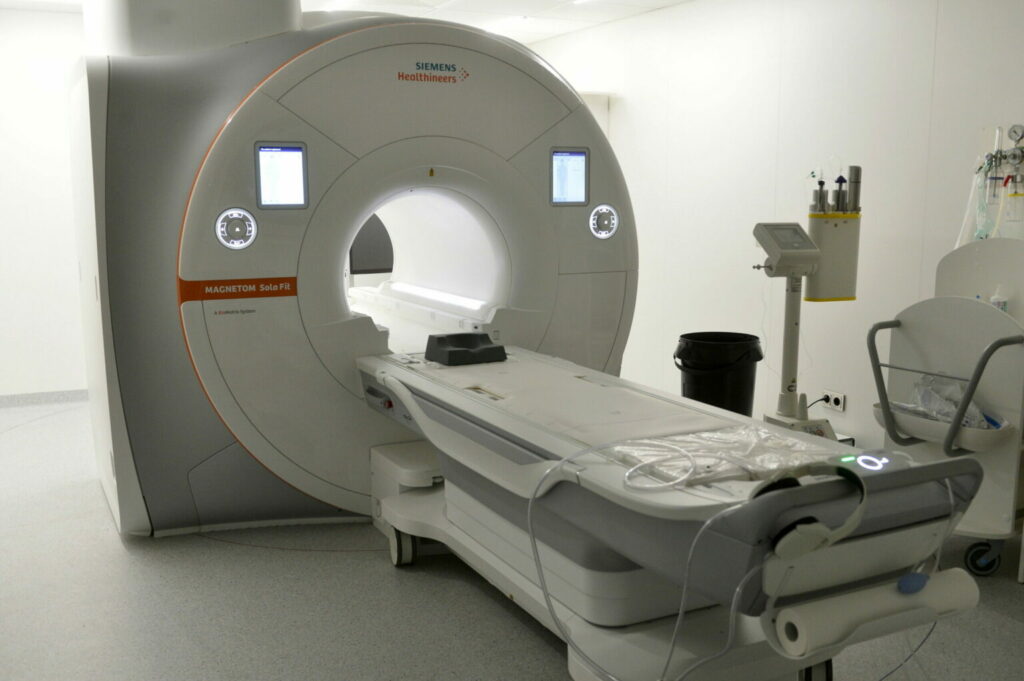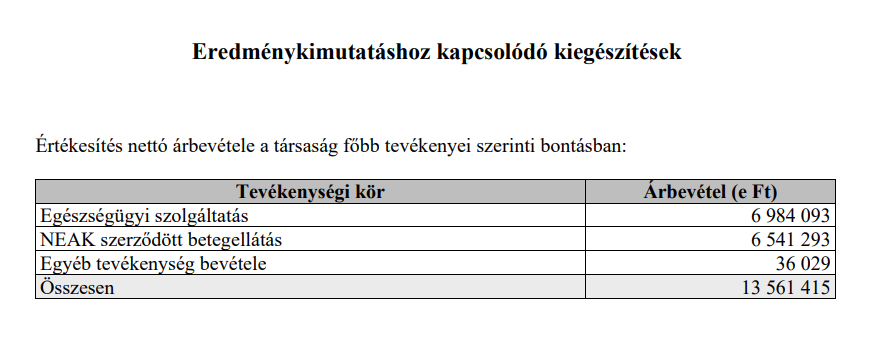The https://english.atlatszo.hu use cookies to track and profile customers such as action tags and pixel tracking on our website to assist our marketing. On our website we use technical, analytical, marketing and preference cookies. These are necessary for our site to work properly and to give us inforamation about how our site is used. See Cookies Policy
Nationalisation of CT and MRI scans will be bad for patients, good for a few exemptions
From November 2024, only state-owned machines will be allowed to perform CT and MRI scans at the expense of the health insurance scheme. Due to insufficient hospital capacity, several private providers are currently participating in the health insurance scheme, but the state will not pay them in the future, the Hungarian government intends to do it on its own. Experts fear that this will increase the already long waiting lists and that only those who can afford the tens of thousands of forints for private examinations will be able to get CT scans and MRIs on time. According to the government, a lot of money will be saved by eliminating imaging procedures on private machines from publicly funded care. Private hospital of the CEO of OTP Bank, and the clinics managed by public trust foundations are exempt from the new law.
The price of a CT scan ranges between HUF 25 and 100 thousand, while an MR scan is usually between HUF 45 and 150 thousand. Those who want the scan at the expense of their social security, often have to wait for weeks or even months in a public hospital. Those who can afford it, on the other hand, prefer to pay these sums to a private doctor so that they can get their results as soon as possible, find out what is wrong, and start treatment as soon as possible. It was also the case for 61-year-old Rita, who went straight to a private doctor for a spinal MRI. “When you need an examination quickly and you panic, that’s the only way,” she explained to Atlatszo.

Private companies out of business, machinery down
On 4 July, the government amended next year’s budget law at the last minute, and the changes were mainly about the nationalisation of CT and MR scans. According to the amendment, from November 2024, only the state will be allowed to perform such imaging tests under the health insurance scheme.
It is not the case at present: due to insufficient hospital capacity, a large proportion of private companies with their machines are also involved in the provision of health insurance. In other words, the hospital doctor sends the patient to a private company for a CT or MR scan, which is free of charge for the patient because the state pays the costs from the social security budget. The government now wants to put an end to this with the new law.
As a result of the law, 12 percent of the CT machines currently covered by social health insurance, and 14 percent of these MR machines will no longer be able to provide services to patients from November 2024 at the expense of state health insurance.
Although the site Radiologia.hu says there will be no shortage of supply, doctors will be able to refer patients to state devices, and private companies may benefit from the change. The diagnostic centres – and their number is increasing across the country – that focus exclusively on private healthcare, can certainly expect a higher patient throughput from November 2024.
Doctors say waiting lists will increase, the minister disagrees
The government has not consulted the industry on this proposal in advance. Hungarian Medical Chamber (MOK) has only heard about the nationalisation of CT and MR scans from the news, which they believe will have a huge negative impact on patients. “The nationalisation, which bypasses professional consensus decision-making and is based on impact studies, could further worsen the already critical shortage of specialists in diagnostics and outpatient specialist care, increase waiting lists, worsen the chances of recovery for cancer, musculoskeletal and cardiovascular patients, and force even more patients into private care,” the MOK said in a statement on 4 July.
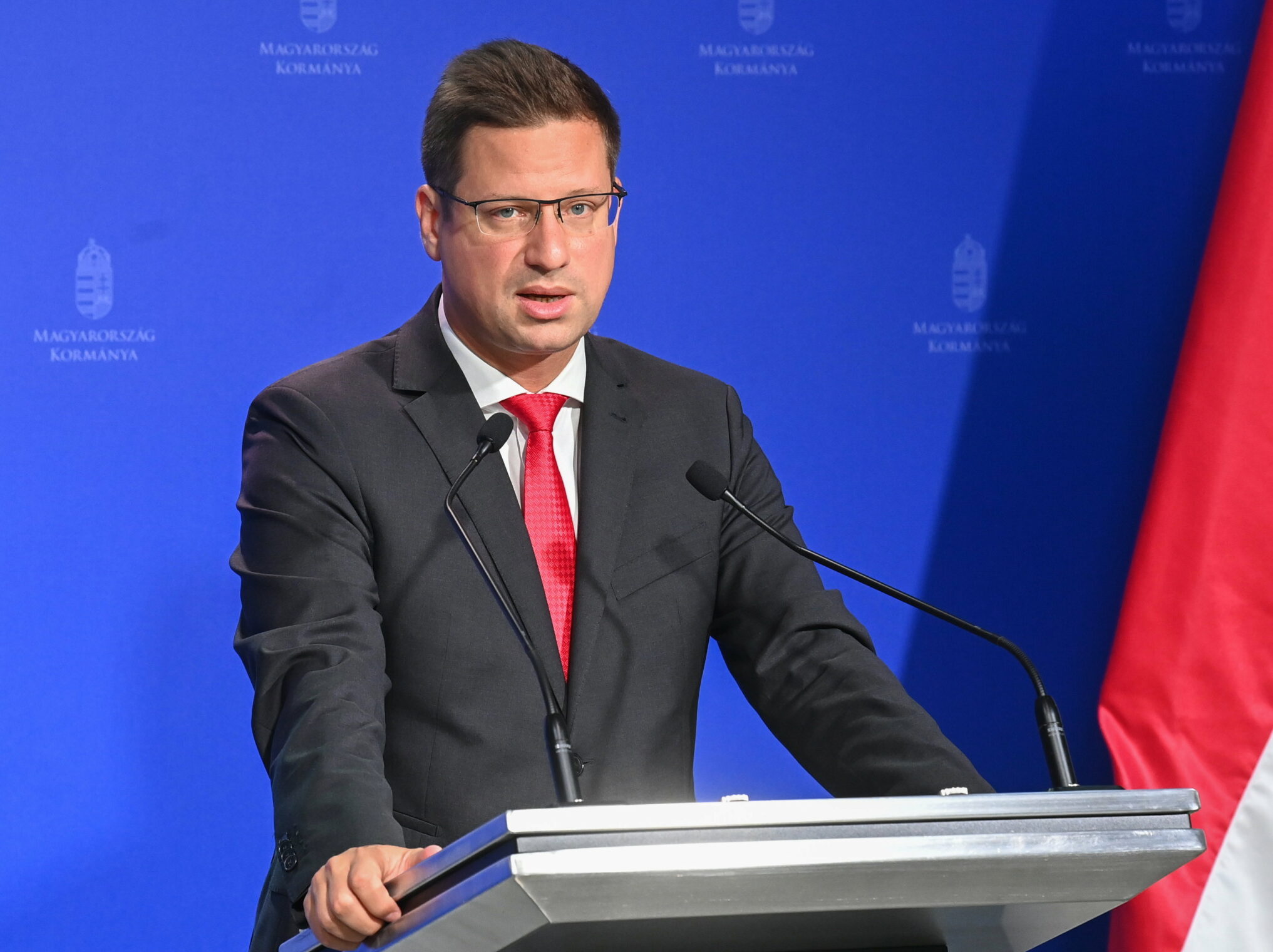
Gergely Gulyás, Head of the Prime Minister’s Office, at the press conference on 6 July 2023. (photo: MTI/Máthé Zoltán)
Two days later, Gergely Gulyás, Minister of the Prime Minister’s Office said that the move is aimed at ensuring that the capacity of these examinations is not divided between private and public care. “If these machines are owned by the state, it will mean that the state will be able to operate them without any time limit, and as a result, waiting lists should be shorter, according to common sense,” said the minister, who also said that the state plans to buy seven CT or MRI scanners.
However, there is already a long waiting list for public machines, often taking several months before patients can access them. 74-year-old Magdi had to go for an MRI scan for breast cancer. She had an appointment at a public hospital in mid-February, but the machine did not fit her. She was then transferred to another state hospital, where she was given a new appointment at the end of March – for the beginning of May.
“I had to wait until June for the operation. For five months they kept sending me back and forth waiting for the results.” – said the woman, who cannot afford the expensive private care. Since May, she has been waiting again in the public system, this time for a CT scan. “The doctor told me in May to call in August and make an appointment for a CT scan in September. It would be a chest-abdomen-pelvis CT, and I just managed to schedule it. The assistant told me that the next appointment was on 30 October.”
The law is tailored to a few companies
However, the text of the bill contains several exceptions. Private healthcare providers that provide a niche public service will be excluded from the nationalisation process. This category includes the Buda Health Centre, which operates private outpatient clinics in three locations and which is owned by OTP leader Sándor Csányi.
According to the website, the price of a CT scan at the private clinic ranges from 32 to 160 thousand forints, while an MRI scan costs from 48 to 164 thousand forints.
However, unlike Csányi’s private hospital, other private providers will no longer be allowed to carry out publicly funded examinations from November 2024. According to an article in Radiologia.hu, “the law primarily affects Affidea Hungary’s publicly funded diagnostic centres in Győr and the capital, Mediworld’s three diagnostic centres in Székesfehérvár, Szolnok and Jahn Ferenc South Pest Hospital, HUNIKO’s two diagnostic centres in Kistarcsá and Diósgyőr, Raditec (Radiology, Diagnostic, and Therapeutic Centre Health Ltd. – the Pécs Diagnostic Centre, and Absolute Med, which operates the CT/MR laboratory of the Bajcsy Hospital in Budapest.”
In an interview with Portfolio.hu in mid-August, State Secretary for Health Péter Takács said that nationalisation would avoid possible double payments – i.e. patients would not pay for the examination to the private provider, which would then receive the same amount from NEAK from the social security fund.
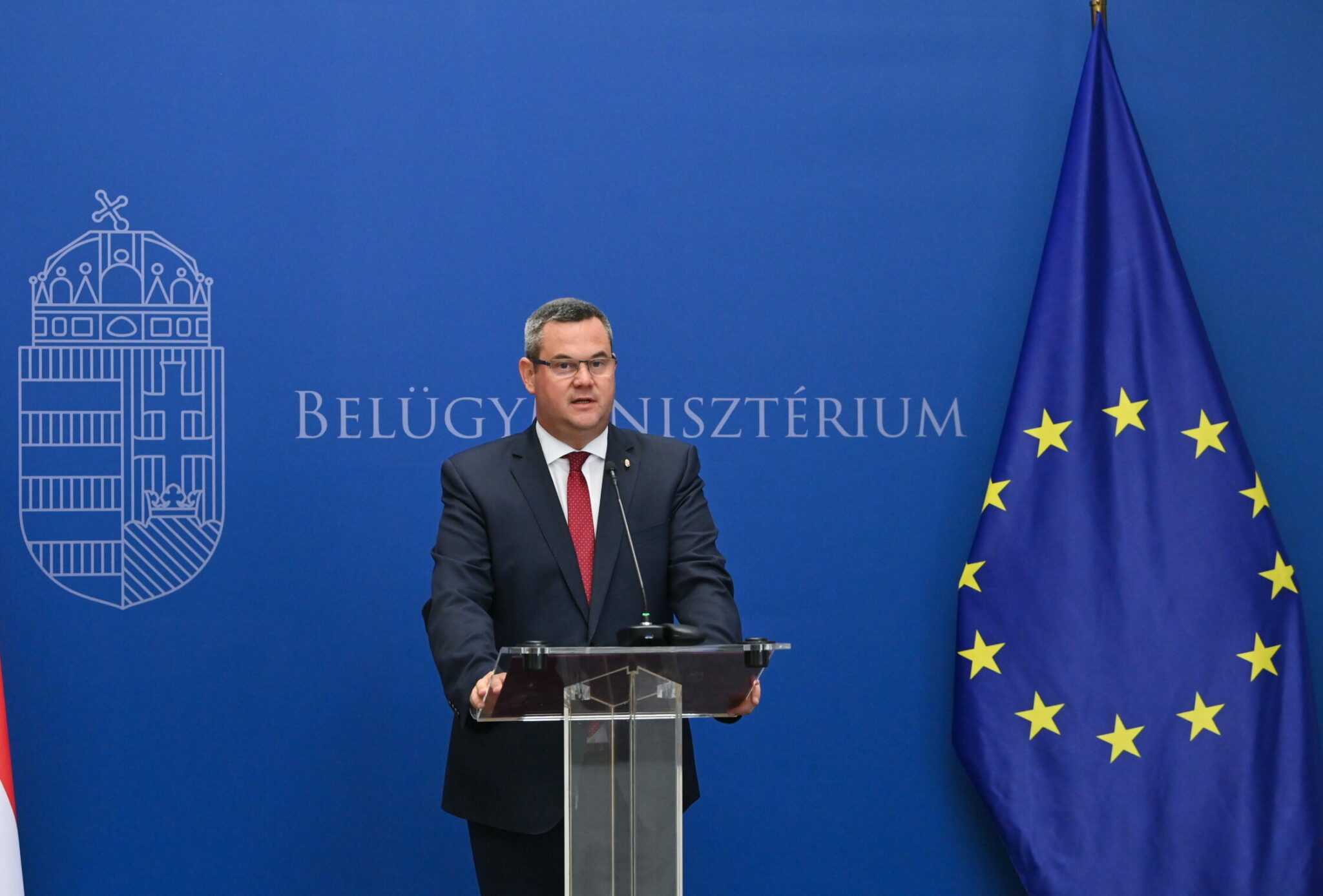
Péter Takács, Minister of State for Health of the Ministry of Interior holds a press conference on 4 August 2023 (photo: MTI/Bruzák Noémi)
It was not easy to obtain data
We would like to know how much public money the government intends to save with the amendment, how much the state currently pays out to private providers of CT and MR scans from the social security coffers. But it was not easy to find out. On 4 July, we submitted a FOI request to the National Public Health Centre (NNK) asking for a list of providers involved in state care from the beginning of 2015 until the end of May 2023.
NNK replied that the information we requested is not in the public interest, but is contained in a public register, and therefore the list can only be released on request and against payment of a fee, according to a regulation.
Later, they said they would be provide the requested data for HUF 8 300.
We finally received a table with almost 14,300 lines. From this gigantic amount of data, we extracted the providers who were registered for CT and MR diagnostics, and turned to the National Health Insurance Fund (NEAK) with the 515-row table.
A few billion forints a year
The table attached to the letter, 14 lines long, lists only 11 operators and the amounts they will pay in 2023. 11 providers received a total of HUF 9.6 billion between the beginning of January and the end of September this year. The list includes 6 hospitals and 5 private companies that were paid between HUF 20 and 200 million per month by the state health insurance fund for CT and/or MR scans.
The largest amount, a total of HUF 2.4 billion, was paid this year to the Clinical Centre of the University of Debrecen. In second place is the Central Hospital and University Teaching Hospital of Borsod-Abaúj-Zemplén County, which received nearly 1.4 billion euros from NEAK for imaging diagnostics. Affidea, the largest private company in the market for private CT and MR scans, ranked third with HUF 1.1 billion.
The table also includes some of the private providers that will be most affected by the amendment, according to the Radiologia.hu article: Huniko Kft. received HUF 427 million, Pozitron Kft. HUF 768 million and Raditec Kft. HUF 507 million from NEAK this year.
Most of the patients we interviewed were referred to such an external provider by doctors at the public hospital, because the hospital did not have its own equipment. And all the patients who spoke to us were completely satisfied with these private companies.
“America opens up there because everyone is willing, nice, and sweet. I had to wait a while, then I had the test and by the time I drove home, the results were in my e-mail inbox.”- for example, said Andrea, 50, who had a CT scan because of severe stomach pains. 22-year-old Lili experienced the same: she was referred by her GP to a neurologist for months of severe headaches and then referred to a private provider at the state hospital, subsidised by the social security system, for an MRI scan.
University clinics are among the exceptions
Interestingly, the company that runs Sándor Csányi’s private hospital, Buda Health Centre Zrt. was included in the 515-line table but we did not receive data from the NNK concerning this institution. However, according to last year’s report, the company received a net HUF 6.5 billion in 2022 under “NEAK contracted patient care”.
Under the new amendment, however, not only certain service providers (such as the Buda Health Centre) but also other organisations will be exempted from the nationalisation of imaging tests. One such exception is a clinical centre under the law on public trust foundations (KEKVA).
Since the so-called model change, most universities, including medical universities with clinical centre, have been run by such foundations. These include the Semmelweis University (SE), the University of Szeged (SZTE), the University of Pécs (PTE), and the University of Debrecen (DE). Of these, the Clinical Centre of PTE and DE are on the list of those that received funding from NEAK: Pécs received €774 million, and Debrecen €2.4 billion from the TB coffers for CT and MR scans in the first nine months of 2023.
Healthcare providers owned or maintained by a religious legal entity are also exempted from the nationalisation of imaging tests. Accorgint to Magyar Nemzet. hu, there were four church-run inpatient care institutions in the capital: Bethesda Children’s Hospital, Buda Hospital of the Hospitaller Order of Saint John of God, St. Francis Hospital, and the Jewish Charity Hospital.
It is not known how many CT and MRI scans, if any, are carried out in these institutions and how much they are reimbursed from the social security budget.
Experts fear long waiting lists
The amendment will not only affect the actual performance of CT and MR examinations but also the work of private doctors and private companies in the field of imaging, remote imaging or CT/MR-operator work. All this could lead to a further shortage of specialists and thus, a further increase in waiting lists.
A healthcare professional also highlighted this issue when asked about the amendment and its possible consequences. As for the nationalisation of examinations, the healthcare professional thinks that it makes economic sense and seems a good move in terms of not having to pay an external contractor to carry out the examinations and that it makes more sense to centralise the system.
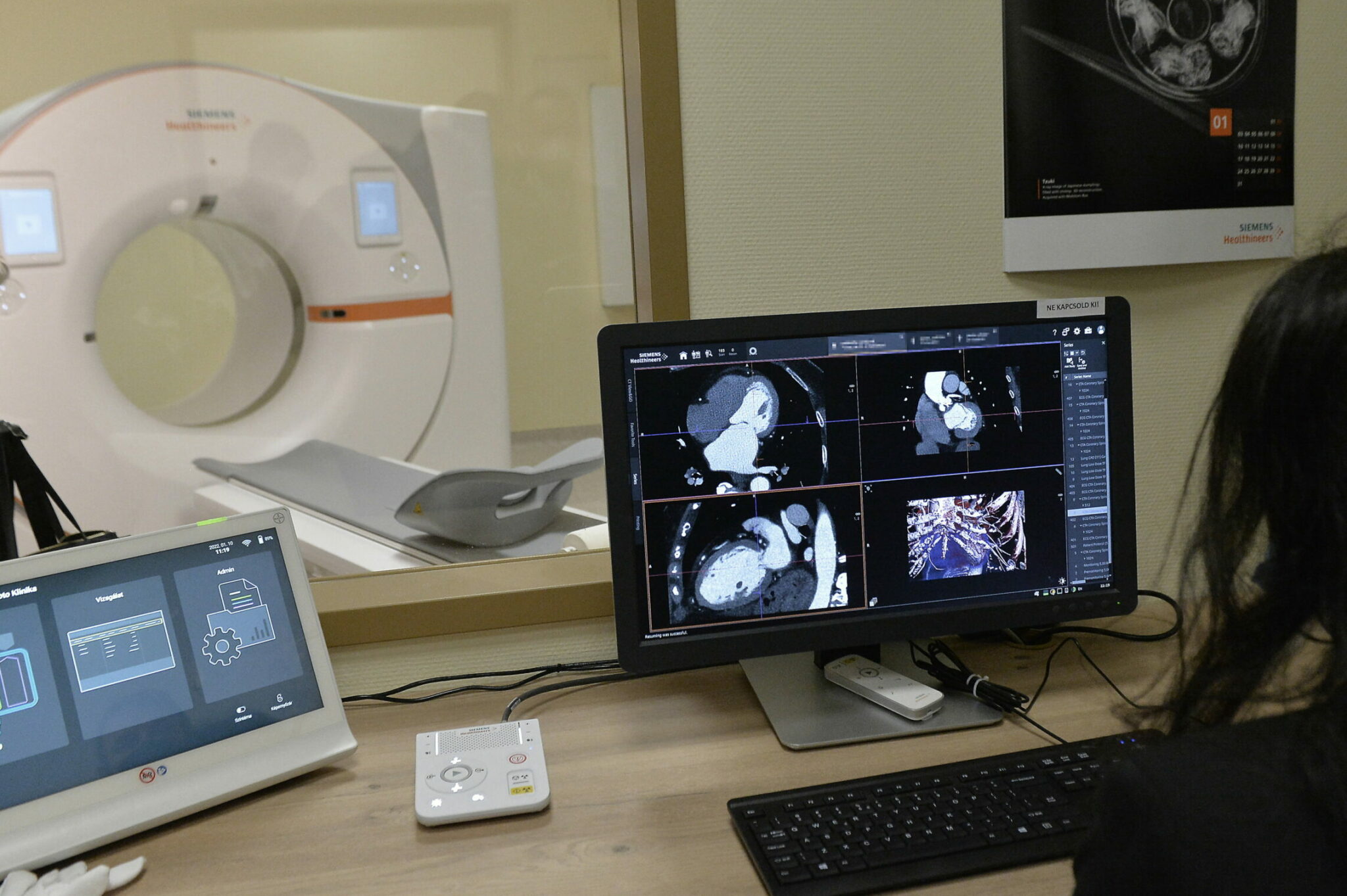
The screen of a patient’s cardiac valve check-up, taken by the world’s first CT scanner with a photon-counting detector, on the day of the inauguration of the equipment at the Medical Imaging Clinic of Semmelweis University in the capital on 10 January 2022 (photo: MTI/Lajos Soós)
Zsombor Kunetz is not at all optimistic about the consequences of nationalisation. According to the health expert, health workers, doctors, and nurses employed by private providers will almost certainly not want to become state employees because of falling salaries, random transfers, and the loss of independence. The current shortage of staff in the imaging sector will thus also increase. “This means that, for example, the diagnosis of cancer patients and the monitoring of their disease will be even worse than at present. Waiting lists will be longer, more patients will die because of treatments not started due to lack of diagnostics,” the expert wrote on his Facebook page.
Andrea, 50, who went to a state hospital with severe stomach pains, fears the same. She was spared a long wait, but she paid for it, the scan was done within a week, not months. “That’s how it works, if you have money, you have everything. Those, who cannot give money either survive or not” – said the woman.
Translated by Zita Szopkó. The original, more detailed Hungarian version of this story was written by Katalin Erdélyi and Dóra Fetter and can be found here. Data visualisation by Krisztián Szabó. This article was written in the framework of TI Hungary’s mentor programme for investigative journalists. The names of the interviewees have been changed. Company data was provided by Opten Ltd. Cover photo. (photo by MTI/Attila Kovács).

